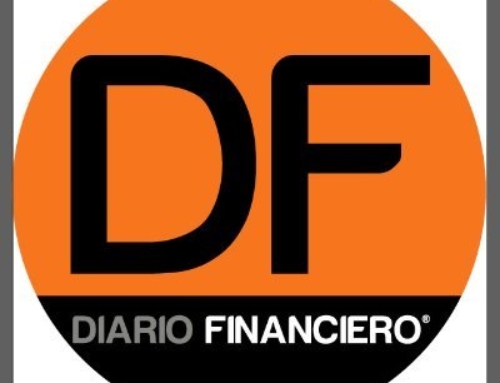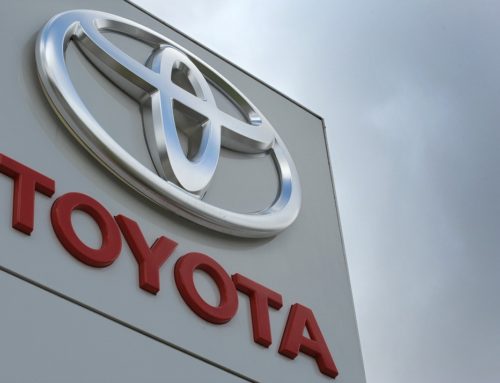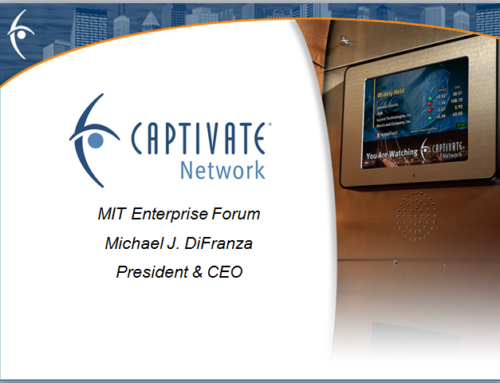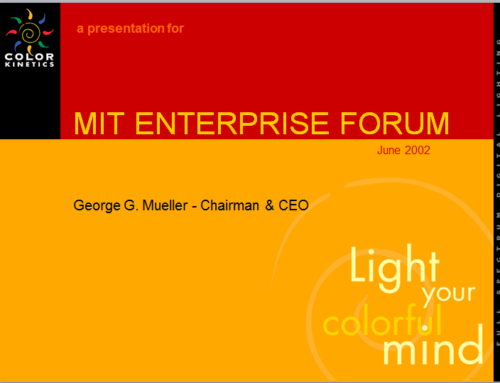In the year 1995 Eli Lilly and Company (ELC) was enjoying a great success with their results, being by far the largest pharmaceutical firm for diabetes disease in the US, having near the 80 percent of the insulin market. Ron Chance, a Lilly research, said that “We can´t get any better than Humulin. And we can´t grow the business. It´s time to do something else” (Christensen, 2004). That meant the all to do was done; that there were no markets for other innovative solutions, no competing firms to enter?
At that time the Company had an interesting portfolio of future initiatives, but was the market validated? The first step of validation is to ask what products consumers want, that is to look what is the PAIN they have and elaborate the solution designing the right product (Adams, 2002). Looking in deep, the major pain of the diabetes patients is not having the freedom in choosing what and when they can eat, because of the variations of glucose in the blood and in consequence the use on insulin in the right moment (Christensen, 2004).
The solution has to be a product that can make patients feel liberated and in control of their health risks, this product can be their new Match insulin drug in combination with the new Insulin Pens. This new product will calm the pain, because with the Pens it will be easier to medicate at any time and with the Match insulin product they can eat food while getting injected the insulin to control the glucose production.
This can shift the Christensen´s (1999) Basis of Competition from the Reliability of the 100 percent pure Humulin insulin product to Convenience: “eat when and what you want” with our product “Match Pens Insulin”, permitting by the way to ELC charge price premium because of the shifting in the basis of competition (Christensen, 1999).
If we think in developing the Controlled Diabetes Services (Christensen, 2004), we are thinking in the pain of another group of interest: the government, which spends millions of dollars in public health, but will not buy our products.
References
Adams, R. (2002). A good hard kick in the ass: Basic training for entrepreneurs. New York, NY: Random House/Crown Business
Christensen, C.M. (1999). Innovation and the general manager. Boston, MA: McGraw-Hill Irwin
Christensen, C.M. (2004). Eli Lilly and Company: Innovation in diabetes care. Boston, MA: Harvard Business School Publisher






Leave A Comment